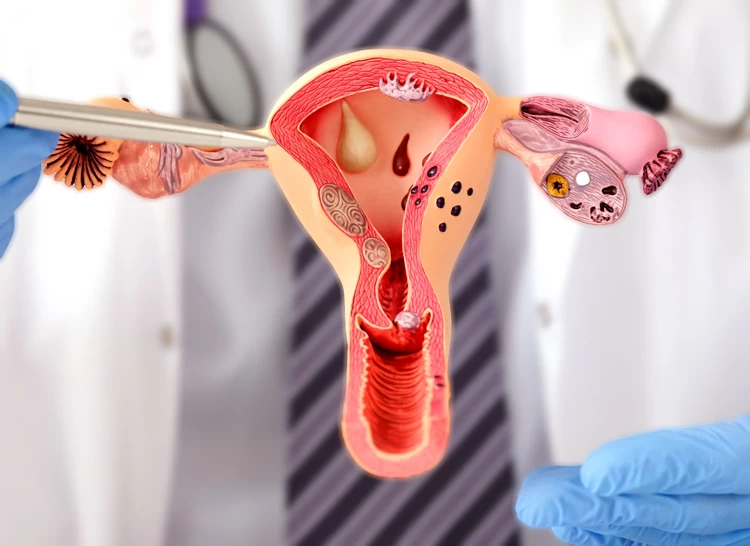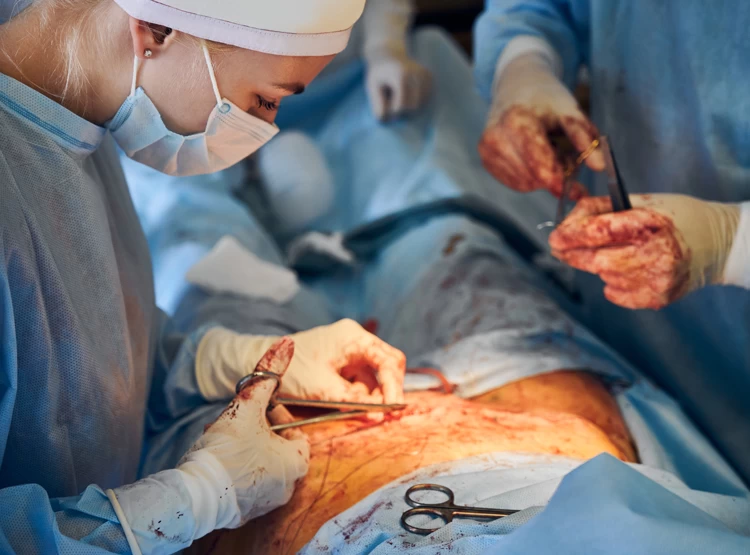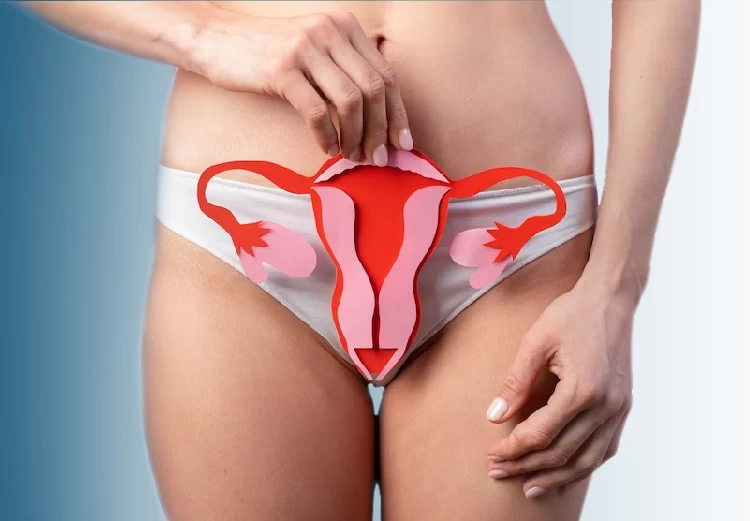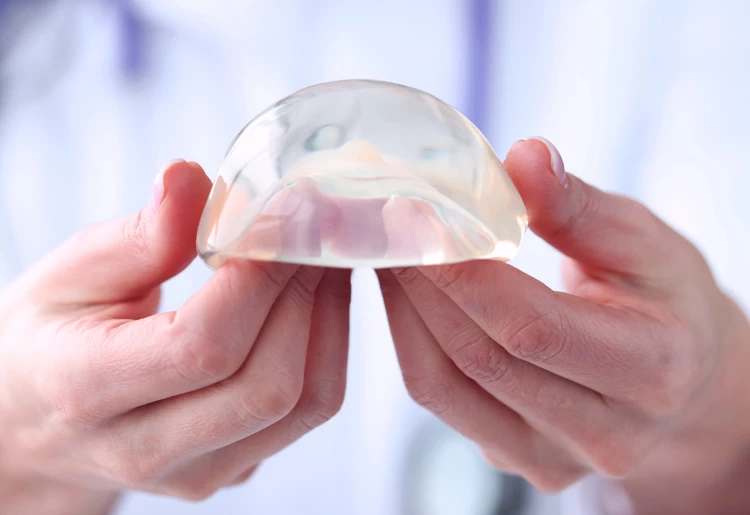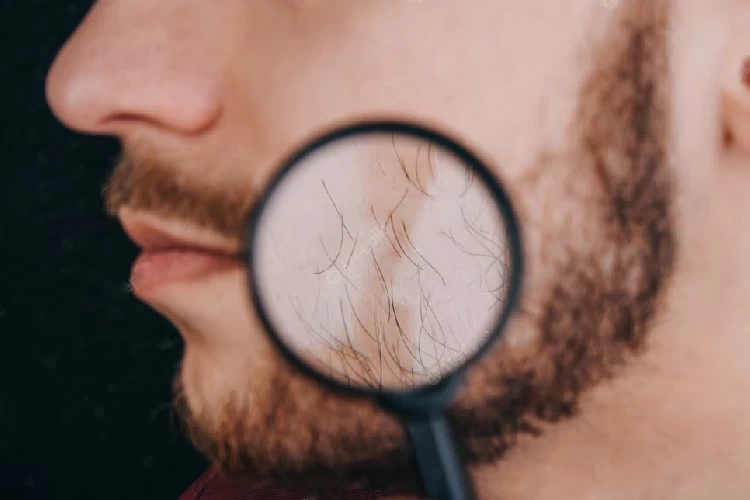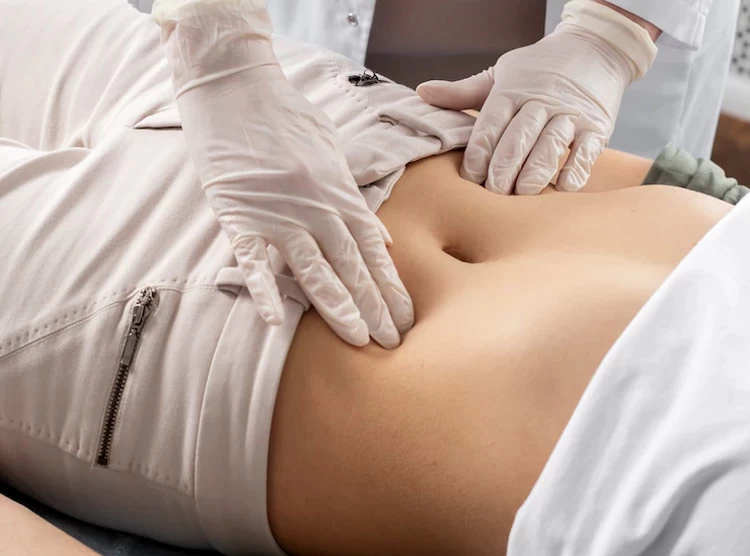Women with ovarian cysts are not infertile, but they may have problems conceiving naturally. Functional adenoma and dermoid cysts do not impede pregnancy; however, endometriomas -cysts caused by endometriosis- lead to infertility as they form adhesions that prevent the sperm from reaching the egg.
Sitting directly on the buttock might be painful after BBL, so you need to sit on your thighs or put a BBL pillow under your buttock to avoid applying pressure on the operated part. You can sit and lie down normally almost 14 days after the operation.
In a reverse tummy tuck, the surgeon cuts along the lower breast crease and tightens the skin of the upper abdomen to give it a better tone. This operation is less challenging and painful than standard tummy tuck and has a two-week recovery time. However, it may cause infection, seroma, prolonged numbness, and other complications.
Taping the nose after rhinoplasty is important as it supports the nasal bone and avoids extra swelling. Start taping your nose by cleaning your skin with micellar water and a cotton pad. Then, stick the tape strips on your nose that fixes the nasal cartilage in its new position.
Micro-TESE is a sperm aspiration technique with high accuracy and success rate. In this method, the surgeon identifies bunches of sperm in testicles with high-powered microscopes and extracts them using precise surgical tools. The retrieved sperms are either used directly in assisted reproductive techniques or frozen to be utilized later.
Hysterectomy has four types: total, partial, radical, and total, with bilateral salpingo-oophorectomy. Based on the type and severity of her health issue, the surgeon decides to perform this operation either vaginally, laparoscopically, or abdominally. Most patients experience pain, fatigue, bleeding and spotting, digestive problems, menopause symptoms, and mild depression after hysterectomy.
Breast augmentation is a procedure that enhances the size and shape of the breasts using either breast implants or fat grafts harvested from the abdomen, buttock, or thighs. Breast implants, on the other hand, are silicone or saline prosthesis placed under the breast tissue or breast muscle to give a fuller profile to the breasts.
Swelling, bruising, moderate pain, and scarring are inevitable side effects of breast reduction, but in some cases, more serious complications like infection, breast asymmetry, hematoma, and change in the nipple sensation may occur. Luckily, many of these complications can be prevented by choosing a qualified surgeon, taking medical evaluations, and following post-operative instructions.
Beard transplant is done using either FUT or FUE method. In both techniques, the surgeon harvests hair grafts from the donor area and transplants them in the beard region. Despite having a short recovery and high success rates, this operation may cause mild bruising, swelling, infection, scarring, etc.
Pregnancy can adversely change tummy tuck results by stretching the stomach's skin and muscles. Although the mother and baby are safe, the tummy tuck incisions may strain during pregnancy and cause discomfort. Thus, it is suggested that you have an abdominoplasty when you have completed your family.
